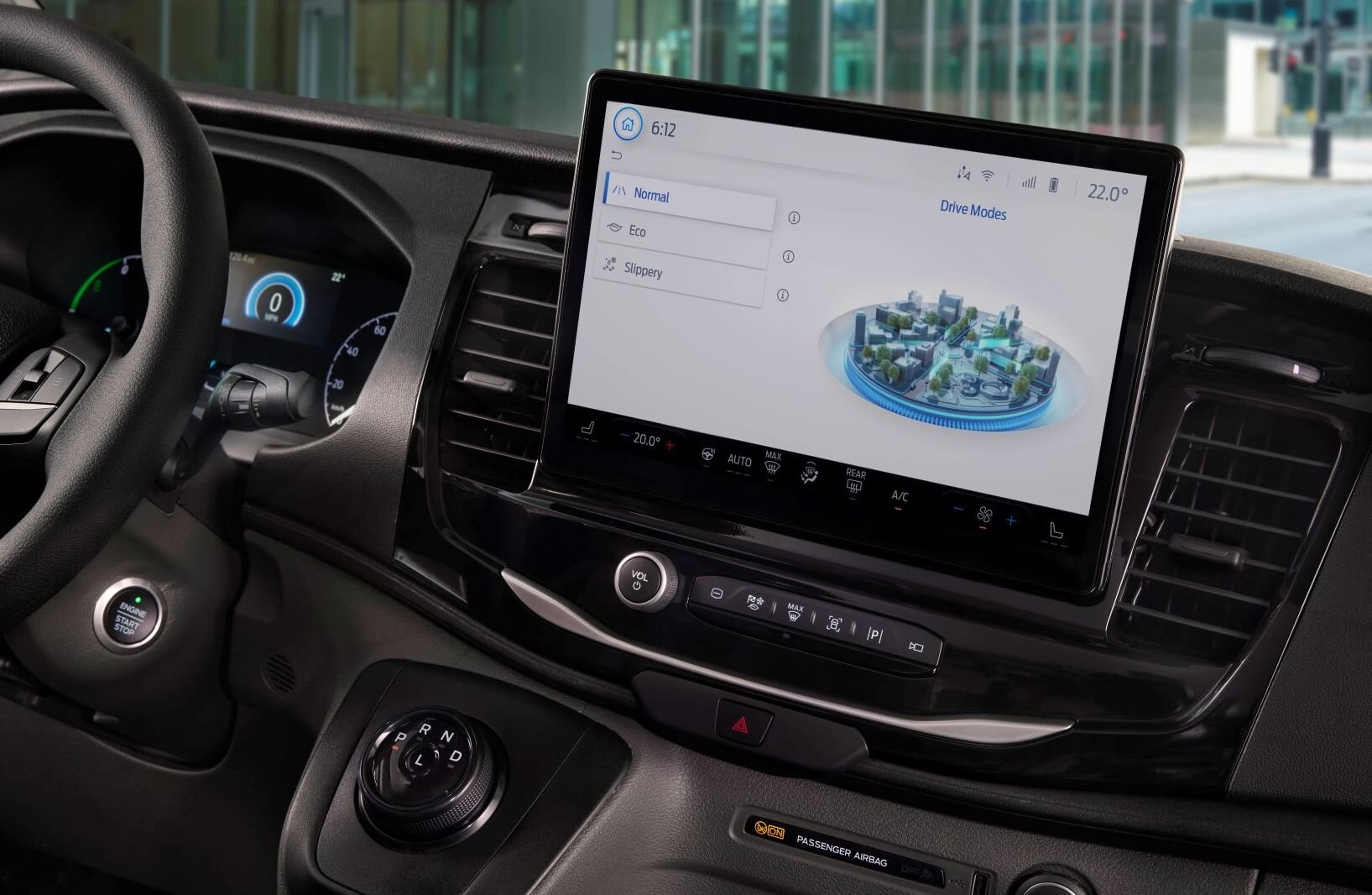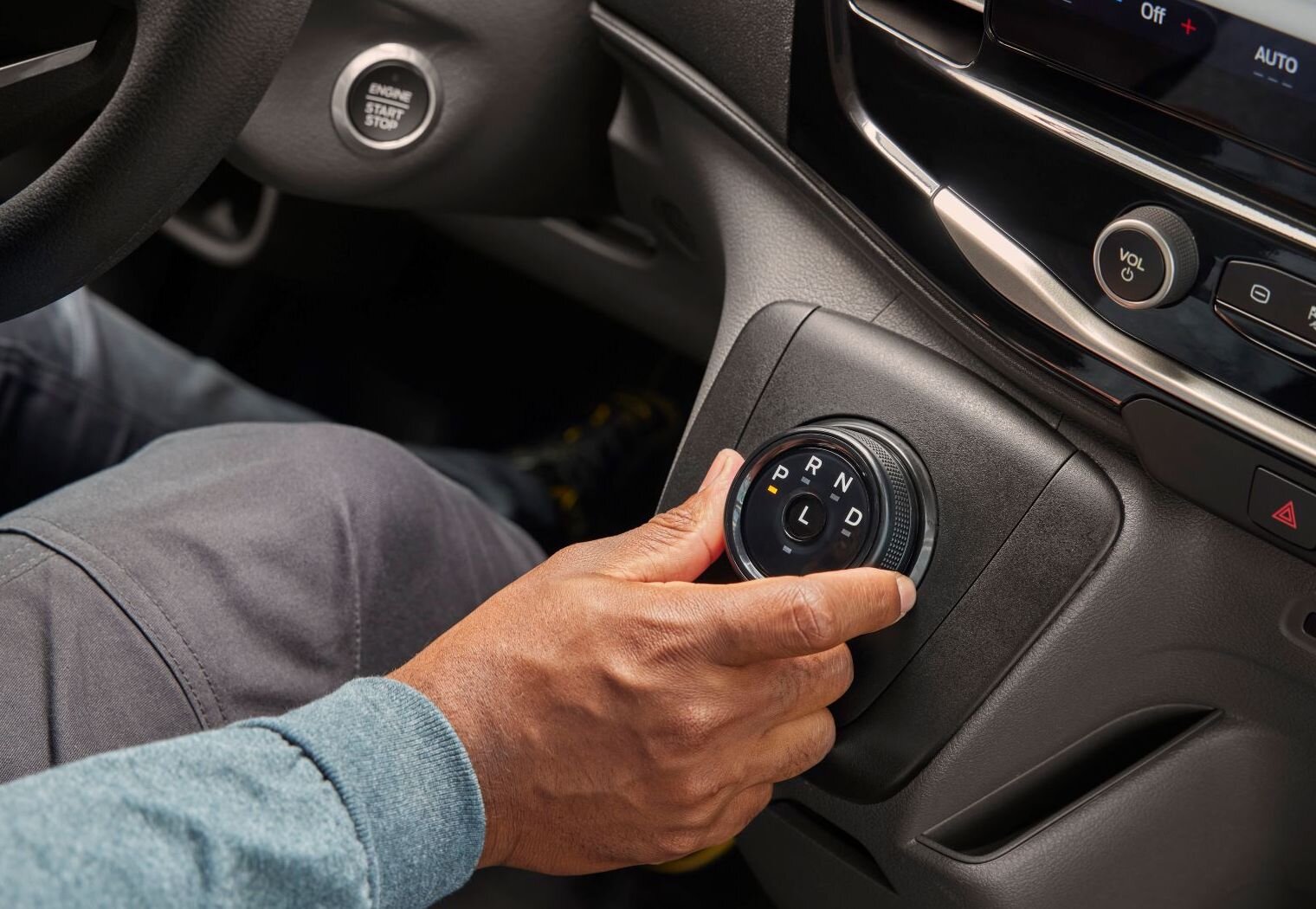Ford’s EV transit under way
/There’s no car to meet expectations of a market showing increasing interest in electric …. but there is a plumber’s van.
NOT having a product to feed the national electric car buying frenzy is continuing to be a frustration for Ford New Zealand, but it has no ready solution.
In unfolding today an electrification strategy it says will provide its direction for the next three years, the make’s local boss admits that while he sees great potential in having a van as his marque’s first fully electric product here, he’d also like to get a Blue Oval passenger product in the market as soon as possible.
However, while the big American-made Mustang Mach-E sports utility vehicle is definitely not being discounted, Ford NZ managing director Simon Rutherford still cannot say when it – or any other fully electric Ford car - might avail.
In respect to Mach-E, high demand overseas and Ford headquarters having not provisioned a compliance sign-off crucial to it being eligible for distributor representation here are the issues.
“We keep making our case and we would love to have it here and we believe that it would be extremely successful,” Rutherford said today.
“Unfortunately we cannot confirm anything today (except that) it is a case of ‘when’ and not ‘if’.”
The same, apparently, goes for other pure electric Ford passenger models under development.
Ford NZ’s boss insists “additional full BEVs (battery electrics)” are still to be announced for this market. But no timeframe is given.
At this juncture, though, the first and only vehicle that tools up Ford’s local transition into the fully-electric theatre …. is the tradie-tailored Transit van.
First indicated as a vehicle of interest when it was unveiled internationally last November, the E-Transit is due to land in mid-2022.
Confidence is high. Presently only one brand, Chinese make LDV, has an electric van in circulation. Also Transit was the sector’s second-most popular model in its sector last year.
Even so, in respect to volume penetration forecasts, it’s unlikely to run at the same pace as popular electric passenger cars. Transit in its commercial formats accrued 1260 registrations for all of last year. That’s barely 200 more registrations than the Tesla Model 3 accrued just last month.
Though it has no full electric cars to offer here, Ford NZ will enhance current cars so they present purely with battery involvement, though to modest degree.
It is emulating Toyota NZ is delivering mainstream models in hybrid, most without plug-in replenishment capability.
The end of the Puma, Escape and Focus in fully fossil-fuelled forms seems signalled with Ford saying that by the end of next year only Ford Performance vehicles – the Mustang and Fiesta ST - and the Everest will continue with standard powertrains.
Everything else will have an electric assist, Ford says. So does that mean a hybrid version of the new Ranger will be in circulation next year, alongside the regular diesel models that apparently will be on sale around June? Rutherford was non-committal about this.
Meantime, Rutherford believes an electric van will do the business.
“For business customers, E-Transit delivers the durability and capability they need to serve their customers, along with zero-emission efficiency.”
Ford NZ already sells plug-in hybrid versions of the Transit Custom and its passenger-outfitted equivalent, Transit Tourneo. There is no suggest the latter will provision in a full electric format.
E-Transit will provision from a plant in Turkey in a rear-wheel drive long wheel-base configuration with a usable battery capacity of 68 kWh and expected driving range of around 300kms, this as measured on the combined WLTP cycle.
It has both AC charging and DC fast-charging. With the latter, charging from 15 percent to 80 percent takes around 34 minutes. With AC, replenishment from exhausted state to 100 percent charge is an 8.2 hour job.
The vehicle’s electric motor has a peak output of 198kW and 430 Nm of torque, making it more powerful Transit than the current edition’s 125kW/390Nm turbodiesel. Ford says the rear-wheel drive layout also ensures outstanding traction when the vehicle is heavily laden.
The drive modes include an Eco setting that can provide between 8-10 percent improvement in energy usage when the vehicle is driven unladen, or at highway speeds. Eco Mode limits top speed, regulates acceleration and optimises climate control to help maximise the available driving range.
The vehicle also supports scheduled pre-conditioning, enabling the climate control system to be programmed to adjust the cabin to the preferred temperature while the vehicle is still on charge, ensuring that the maximum driving range is available. It also the first Ford to sell here with the latest Sync 4 communications system.
Ford says its engineers designed E-Transit’s driveline and rear suspension system to optimise cargo space, locating the battery, whose technology is shared with Mach-E, underneath the body and creating a heavy-duty semi-trailing arm suspension system to enable better steering precision and more confident handling, plus better traction in both laden and unladen conditions.
Cargo capacity of up to 11.3 cubic metres in mid-roof specification and 12.4 cubic metres for the high roof version is claimed. These are identical to the Transit 350L RWD diesel equivalents. Gross vehicle mass of up to 4.2 tonnes is offered, with a targeted payload of 1616kg.
E-Transit has eight-year, 160,000 km warranty package for the battery and high-voltage electric components. More specification details and pricing will be announced closer to launch.
Ford NZ has also partnered with Singer Electric New Zealand, a leading supplier of electric vehicle charging infrastructure, to implement charging stations at its main dealer sites.




















